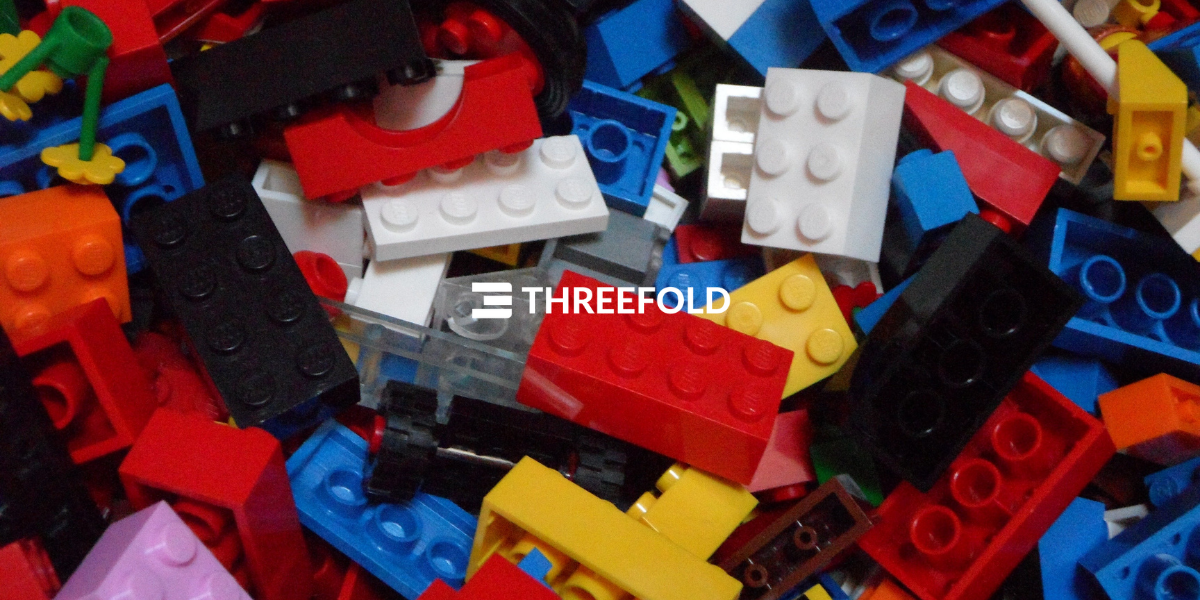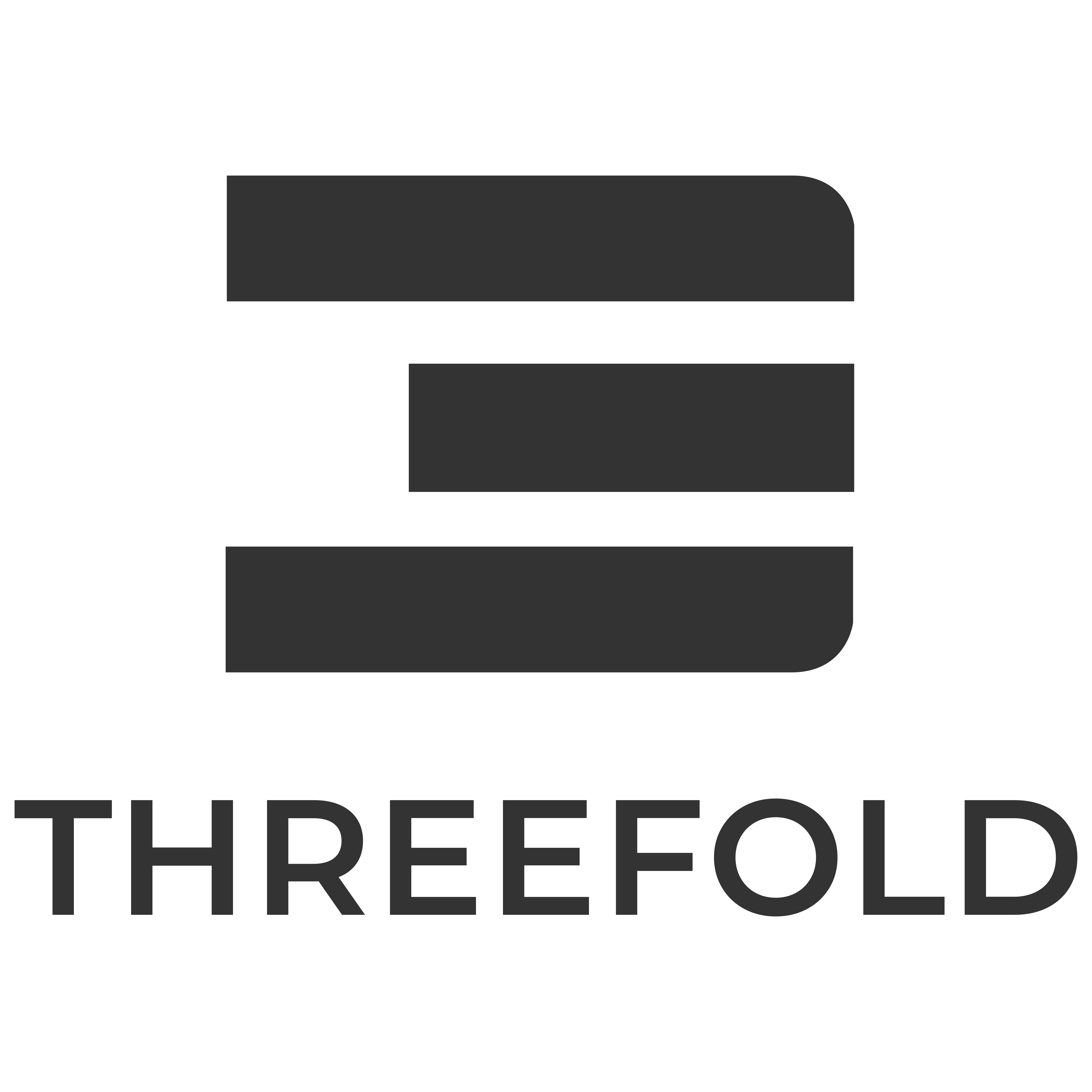Use cases for the ThreeFold Peer-to-Peer Cloud
Containers, IAAS, Archives, Security, and more..

🔗Use cases for the ThreeFold Peer-to-Peer Cloud
🔗Any Docker Service
ThreeFold nodes natively run containers - therefore they can run any Docker service. But it does so in a more efficient way than the current Docker engine - the most used and known container technology platform in the world.
🔗IAAS
The ThreeFold node technology enables hardware capabilities to be used for IAAS services in a very efficient way. Overhead is reduced to a minimum by stripping out unnecessary layers of software that have been implemented over the last decade to patch scaling and performance problems. Our engineers have always looked at the root cause of issues and by innovating at the core algorithm level, solved many issues.
Examples are:
- Less is more: Scale down the operating system for a virtualization architecture to a minimum and boot it over the network - no local operating system files installed on local storage.
- Look at root causes, no painkiller approach: Step away from existing storage solutions that require proprietary acceleration hardware and use standard off the shelf, affordable and efficient components with a 100% software-based storage solution that can withstand hardware failures without requiring human intervention - creating a very efficient, reliable and performing storage solution that can operate standalone.
The platform is secured by using a network boot mechanism that makes it virtually hack resistant as there are no operating system files installed locally. Infrastructure as a service traditionally runs in hyper-scale data centers, remote from the businesses using it. ThreeFold node technology allows you to install, operate and run IAAS services close to your business locations operated by your local IT team. It operates on a peer-to-peer network - only transferring bits of data that need to be transported to avoid network congestion and traffic bottlenecks.
🔗Archive
Data generation is growing exponentially. More data has been generated in the last 2 years than ever before. This creates a big need to archive data. The ThreeFold node technology creates storage and archiving capabilities by using standard hardware and known interfaces (S3, FTP, WebDav, CIFS, and NFS) will be built by developers worldwide and made available. The low-level storage functionality supports version controlling of the archived data, which keeps all relevant changes without any limitation by using a small amount of actual storage capacity.
🔗Security
Data security and reliability are key aspects of any storage system. The ThreeFold node allows all data to be compressed and encrypted if and when needed. The distributed character of the storage system enables site redundant storage algorithms to be deployed while keeping large data volumes from being stored in a single location. This removes the risk of data being stolen (physically) and prevents a site outage to result in data outage. The distributed character of the system is in line with the increasing spread of actual data generation. ThreeFold has sensory equipment everywhere these days, and the overhead of storing all that information in a few central places is enormous. Data collection and storage happens once - reading data to use it for a particular workload happens many times.
🔗Data Mining
On traditional server architectures, every application has to set up its servers that run their code in isolated silos, making sharing of data hard. The distributed character of the ThreeFold node technology presents compute and storage capacity everywhere. This enables large data mining workloads to happen close to the source of the data. By storing data in a distributed manner, mining can be distributed as well. Distributed compute capacity next to storage capabilities creates the possibility to create data mining operations on local storage (which makes it very fast and efficient) by coding data mining algorithms in programming languages (such as Python, Lua, Javascript, and Golang). Data mining follows distributed data storage.
Never run into scalability problems again with the ThreeFold node. Data storage can expand horizontally using thousands of distributed nodes to create large storage volumes.
🔗Smart Contracts
Smart contracts are applications that run on a decentralized platform, exactly as programmed without any possibility of downtime, censorship, fraud, or third-party interference. These applications run on a blockchain, a powerful shared global infrastructure that can move value around and represent the ownership of that value. Smart contracts enable developers to create markets, store registries of debts (or promises), move funds following past instructions (like a will or a futures contract), and many other things without a middleman or counterparty risk. ThreeFold nodes run based on smart-contracts.
🔗Self-Learning and AI
Blockchains can be seen as databases. By current database standards, traditional blockchains like Bitcoin are terrible: low throughout, low capacity, high latency, poor query support, and so on. But even with these terrible characteristics, blockchains introduced three new and important characteristics:
- Decentralized data and shared data control leads to more data and better qualitative data which results in better models. Shortening the machine learning time also enables AI to progress at a faster pace.
- Immutable audit trails improve the trustworthiness of the data, and improves the models’ provenance on training and testing results.
- Native assets and assets exchanges make training and testing models intellectual property (IP) assets easier - enhancing decentralized data and model exchanges.
Blockchain technology allows more and better quality data to be presented to machine learning algorithms. It has been proven (Microsoft researchers - Banko and Brill) that more data — not just a bit more data but way more data — while using the same algorithms results in a lot better machine learning. Meaning that the future of machine learning is not in trying to create more sophisticated algorithms (which will happen). So by moving AI learning into a blockchain environment we speed up machine learning and in the end create AI.


